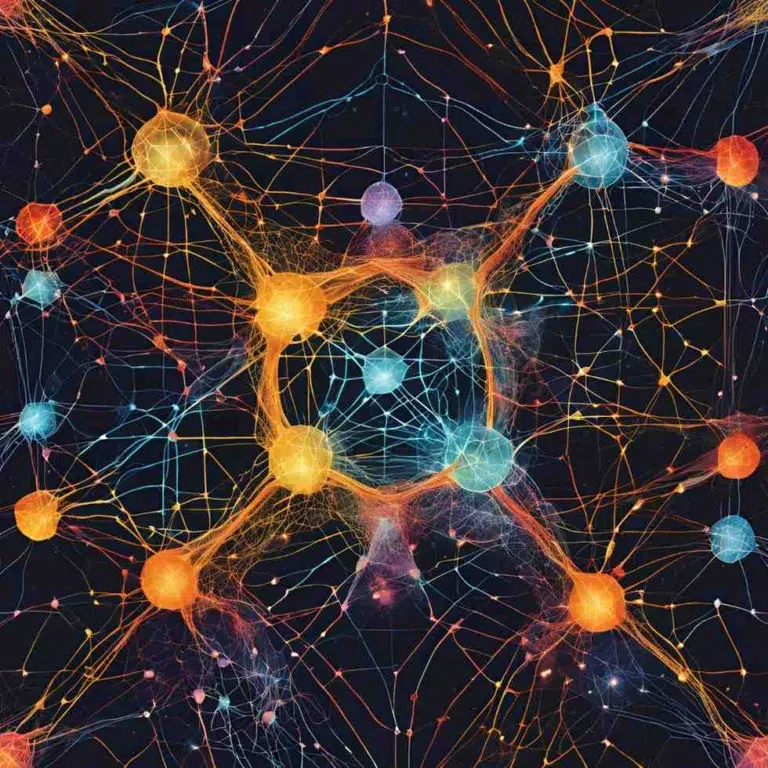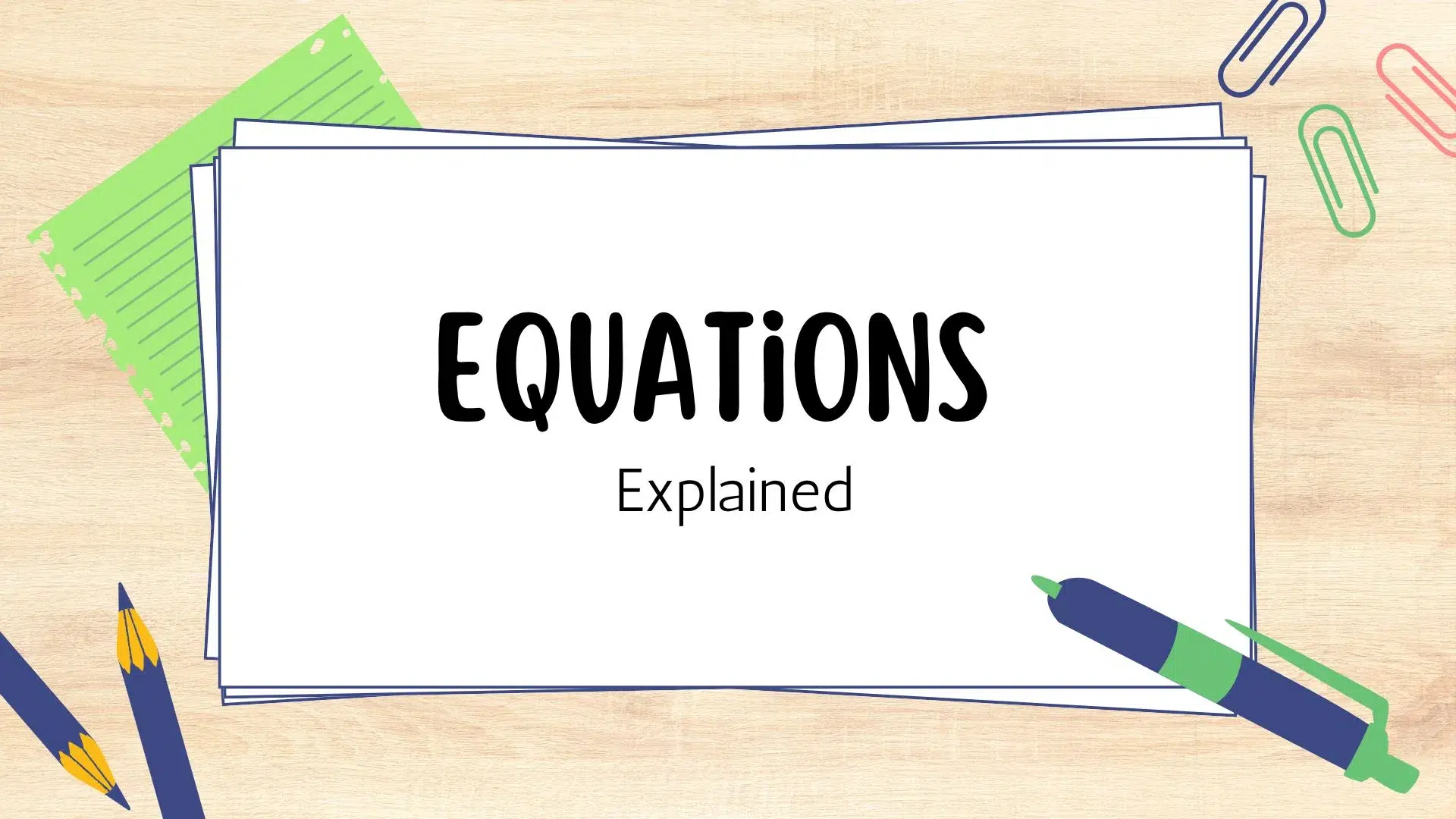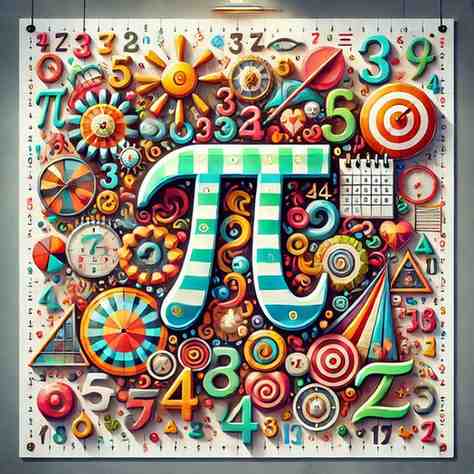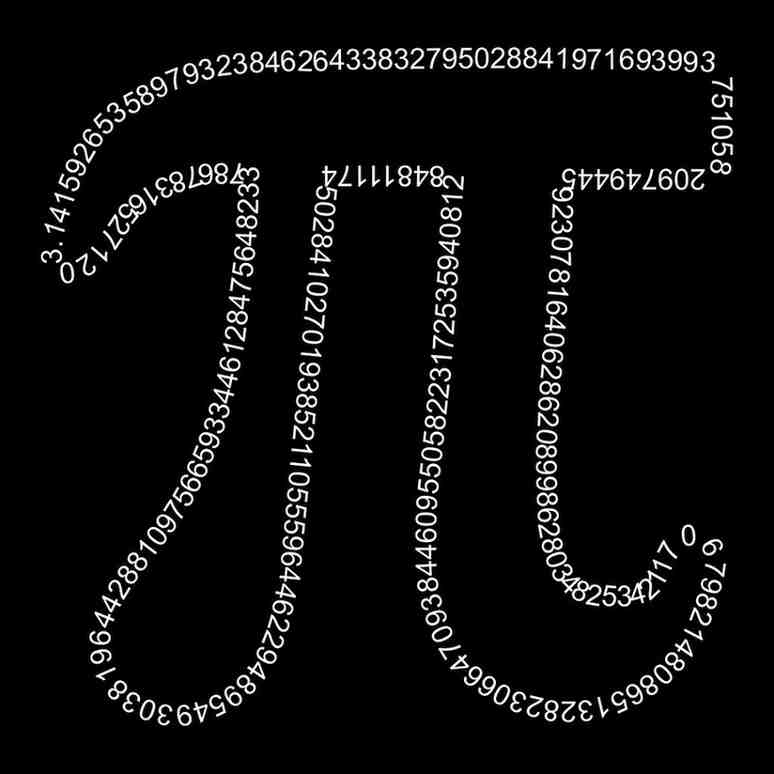Introduction
Deep Neural Networks (DNNs) are powerful tools in machine learning that help us achieve amazing results in fields like image recognition, language translation, and even self-driving cars. But what allows these networks to learn and make accurate predictions? A critical part of this process is something called a loss function.
In this blog, we’ll explore what loss functions are, why they are essential, and how they help deep neural networks improve and become more accurate over time. We’ll keep it simple and focus on easy concepts, so you can understand how loss functions drive the learning process in deep learning.
What Is a Loss Function?
A loss function is a mathematical formula that measures how far off a model’s predictions are from the actual values. In other words, it tells us how well or poorly a deep neural network is performing by giving it a “score” or “cost.” When a neural network makes a prediction, it calculates the loss based on the difference between its prediction and the true value.
Think of it this way: If a neural network is trying to recognize images of cats and dogs, the loss function measures how many mistakes it makes in labeling those images. If it gets a lot of images wrong, the loss is high. If it gets most of them right, the loss is low.
The ultimate goal of any deep learning model is to minimize the loss as much as possible. A lower loss means the model’s predictions are closer to the actual values, which means the model is learning well.
Why Do Loss Functions Matter in Deep Learning?
Loss functions are vital in deep learning for several reasons:
- Guiding Learning: Loss functions provide the feedback that tells the model how to improve. Without them, the model wouldn’t know if its predictions are right or wrong.
- Helping Models Improve: By calculating the loss and then adjusting the model’s weights and biases, the model learns to make better predictions over time.
- Measuring Accuracy: The loss function shows how accurate or inaccurate the model is after each prediction, which helps developers evaluate model performance.
Without a loss function, a neural network would have no way of knowing how well it is doing, making it impossible to improve or learn effectively.
How Loss Functions Work: An Example
Let’s say we have a simple problem: predicting the price of a house based on its size. Our deep neural network makes a guess, and we have the actual price of the house for comparison. The loss function will measure the difference between the network’s guess and the actual price.
For example:
- Prediction: $200,000
- Actual Price: $250,000
The difference between the prediction and the actual price is $50,000. The loss function will convert this difference into a value (loss score) that represents how “wrong” the prediction was. If we repeat this for many houses, the loss function will calculate an average loss for the entire dataset, showing the overall accuracy of the model.
Types of Loss Functions in Deep Learning
Different tasks require different loss functions, depending on what type of output the model is trying to predict. Here are some common loss functions:
1. Mean Squared Error (MSE)
Mean Squared Error is popular in regression tasks, where the model predicts continuous values (like house prices). MSE calculates the square of the difference between predictions and actual values, then takes an average.
For example:
- If the prediction is $200,000 and the actual price is $250,000, the squared difference is $(200,000 – 250,000)^2 = 2,500,000,000$.
- MSE gives a higher penalty for larger errors, so it’s helpful when we want to strongly discourage big mistakes.
2. Cross-Entropy Loss (or Log Loss)
Cross-Entropy Loss is used in classification tasks, where the model needs to categorize items into classes (like recognizing if an image is of a cat or a dog). This loss function measures the difference between the predicted probability and the actual probability of each class.
For example:
- If the model predicts that an image is 80% likely to be a cat but it’s actually a dog, Cross-Entropy Loss will calculate how “wrong” that probability is.
- Cross-Entropy Loss encourages the model to give high confidence to the correct classes over time.
3. Binary Cross-Entropy Loss
Binary Cross-Entropy Loss is used when there are only two possible classes (like spam or not spam in email classification). It works similarly to Cross-Entropy but is simpler because it’s tailored to binary classification.
4. Hinge Loss
Hinge Loss is used mainly in support vector machines and sometimes in neural networks for binary classification. It is suitable when we want the model to give a high margin between classes.
For example:
- In a cat vs. dog classifier, we want to ensure the model is very confident in distinguishing between the two categories.
How Loss Functions Guide Model Learning: Backpropagation and Optimization
In the world of deep learning, loss functions play a central role in teaching neural networks to learn from data. However, for a model to use the information that loss functions provide, it needs two critical processes: backpropagation and optimization. Together, these methods help neural networks adjust their internal parameters (weights and biases) so they can make better predictions in the future. Let’s dive into how this works.
1. Loss Functions: The Starting Point for Learning
Every time a neural network makes a prediction, it calculates how far off that prediction is from the actual result. The loss function measures this difference and assigns a numerical value to it, known as the loss. A high loss means the prediction was far from correct, while a low loss indicates it was close.
For example, if a network is trying to predict house prices and predicts $200,000 when the actual price is $250,000, the loss function will calculate how “off” the model was. This feedback is essential—it tells the model whether it needs to improve and by how much.
However, knowing the loss alone isn’t enough. The model must know which specific parameters (weights and biases) contributed to the error and how to adjust them. That’s where backpropagation and optimization come into play.
2. Backpropagation: The Key to Adjusting Weights
Backpropagation is a method used to calculate the gradients of the loss function with respect to each parameter in the network. Gradients show how sensitive the loss function is to each parameter, indicating the direction in which the weights and biases should change to reduce the loss.
Here’s a simplified step-by-step view of backpropagation:
- Step 1: Calculate the Loss – After the model makes a prediction, the loss function calculates the error.
- Step 2: Determine the Gradients – Using calculus, backpropagation computes the gradient (or slope) of the loss with respect to each weight and bias, layer by layer, from the output back to the input (hence the term “back” propagation).
- Step 3: Distribute Responsibility – Backpropagation assigns responsibility for the error to each parameter based on its contribution, showing which weights need the most adjustment.
The backpropagation algorithm essentially tells each weight how much and in which direction it should change to reduce the loss.
3. Optimization: Using Gradients to Update Weights
Once backpropagation provides the gradients, the next step is to optimize the model by adjusting its parameters. Optimizers are algorithms that use these gradients to determine how much each weight and bias should change.
One of the most common optimization algorithms is Stochastic Gradient Descent (SGD), which updates the parameters by taking small steps in the direction that reduces the loss. Here’s how it works:
- Step 1: Learning Rate – The optimizer uses a parameter called the learning rate to control the size of each step. A small learning rate takes cautious steps, while a large one moves faster but risks overshooting the optimal value.
- Step 2: Update Weights – Using the gradients and learning rate, the optimizer adjusts each weight in the direction that reduces the loss. This process is repeated for many iterations, each time refining the model’s parameters.
- Step 3: Iterate – As the model sees more data, it continues adjusting its weights, gradually improving its accuracy.
Other optimizers like Adam and RMSprop adapt the learning rate dynamically, which can make them more efficient than basic SGD in some cases.
4. The Feedback Loop: How Loss, Backpropagation, and Optimization Work Together
Every time the model goes through a training cycle, it repeats the following steps:
- Forward Pass – The model makes a prediction based on its current weights.
- Loss Calculation – The loss function calculates how far off the prediction was.
- Backpropagation – Backpropagation computes the gradients, showing how much each weight contributes to the loss.
- Optimization – The optimizer adjusts each weight based on the gradients, reducing the loss.
This cycle continues through multiple epochs (complete passes over the training data), with the loss steadily decreasing as the model learns to make more accurate predictions.
Why Backpropagation and Optimization Are Essential
Without backpropagation, the model would have no way to assign responsibility for errors to specific weights, and without optimization, it wouldn’t know how to adjust itself. Together, these processes ensure that the neural network learns effectively, gradually improving with each round of training.
Training Deep Neural Networks with Loss Functions
When we train a neural network, it goes through many cycles (called epochs) where it:
- Makes predictions on a batch of data,
- Calculates the loss using the loss function,
- Adjusts its parameters using backpropagation and the optimizer.
This process continues for multiple epochs, gradually reducing the loss and improving the model’s predictions. Each step brings the model closer to an optimal solution, where it has a low loss and high accuracy.
Common Challenges with Loss Functions
While loss functions are essential, they can also present challenges:
- Overfitting: Sometimes, a model may achieve a low loss on training data but perform poorly on new data. This is known as overfitting. To prevent this, we use techniques like regularization, dropout, or simpler models.
- Choosing the Right Loss Function: The choice of loss function can significantly impact model performance. For example, MSE might not be suitable for classification tasks, and Cross-Entropy might not work well for regression. Selecting the correct loss function is essential for accurate learning.
- Exploding or Vanishing Gradients: In deep networks, gradients can sometimes become too large or too small, leading to exploding or vanishing gradients. This makes it hard for the model to learn effectively. Solutions include normalization techniques and specific architectures like LSTM or ResNet.
Final Thoughts
Loss functions are the unsung heroes of deep neural networks. They play a crucial role in guiding a model to learn from its mistakes and improve over time. By providing feedback, loss functions help the model understand how far off it is from the correct answer and adjust its parameters to make better predictions.
In summary:
- Loss functions measure the accuracy of predictions and show the model how to improve.
- Different loss functions serve different tasks, like MSE for regression and Cross-Entropy for classification.
- Optimization and backpropagation work alongside the loss function to guide learning.
Understanding loss functions can help you appreciate how deep neural networks learn, adapt, and become more accurate. Whether you’re classifying images or predicting house prices, the loss function is key to driving the model’s success.
By grasping the basics of loss functions, you can better understand the inner workings of deep learning models and how they become powerful tools in solving complex problems.




